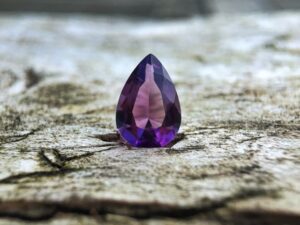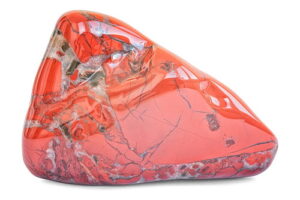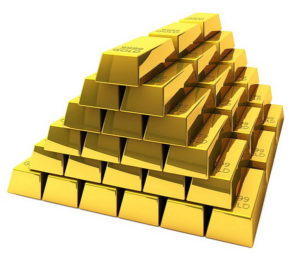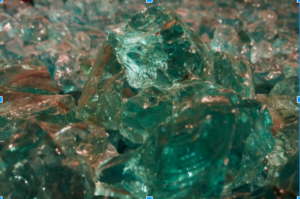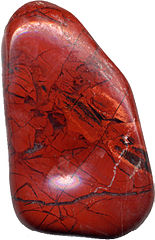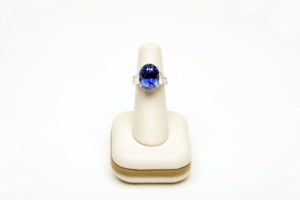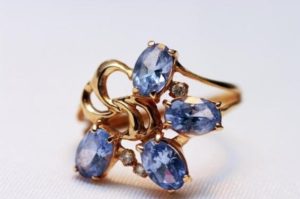Pearls are associated with elegance and sophistication. Throughout centuries, they have had an important position with different cultures, and are the only gemstones made by living animals! Cleopatra famously dissolved pearls into her drinks and drank them.
These gorgeous, delicate beads are used for creating stunning necklaces, rings and bracelets. These beautiful gemstones also come in different sizes and colors! For example, if the inside shell of the oyster is purple, the color of the stone will also be purple. Some of the other are white, gold, purple and even black!
Do Pearls Have Health Benefits?
Some people believe that pearls have calming effects and healing properties. But there hasn’t been proof of that. Regardless, pearls are very popular as they are associated with elegance and beauty.
Howard Fensterman, an expert in minerals, says that pearls are simple and have been used throughout the centuries because of their minimalistic and pleasant look. They’re great for gifting to loved ones and even as an anniversary gift if you’re looking for a more budget-friendly present.
Where Do Pearls Come From?
Mr. Fensterman also says that, “People often don’t know where pearls come from. They know that they come from the sea, but some believe that they come from clams; however, clams are rather small and cannot produce these gems.”
He explained the process of collecting pearls. Some pearl farmers insert mussel seeds into oysters to create the gemstones.
After the pearls are extracted, the oysters are sent back into the water so they can create more pearls.
Howard Fensterman also highlighted that no damage is done to the oysters and caution is taken when extracting the mineral or inserting mussel seeds.
Pearls—The Perfect Gemstone Collection!
While pearls don’t have any healing properties or health benefits, one thing is certain: they make an excellent collection. You can use them in decoration pieces or just simply create a nice, simple dress by adding pearls.
A few decades ago, women often wore pearls in their hats. People even decorate their wedding bouquet with these precious, timeless jewels! There are various ways to get creative with pearls. Today, you can find online projects detailing creative ways to use pearls in decoration, jewelry and even clothing!
If you want to learn more about these gorgeous gemstones and other minerals, follow Howard Fensterman Minerals, a renowned expert in minerals and discover a world of glittering, fabulous marvels!

